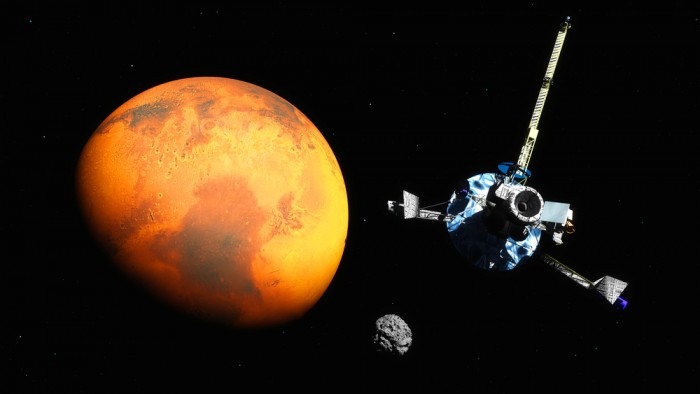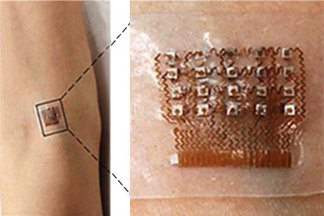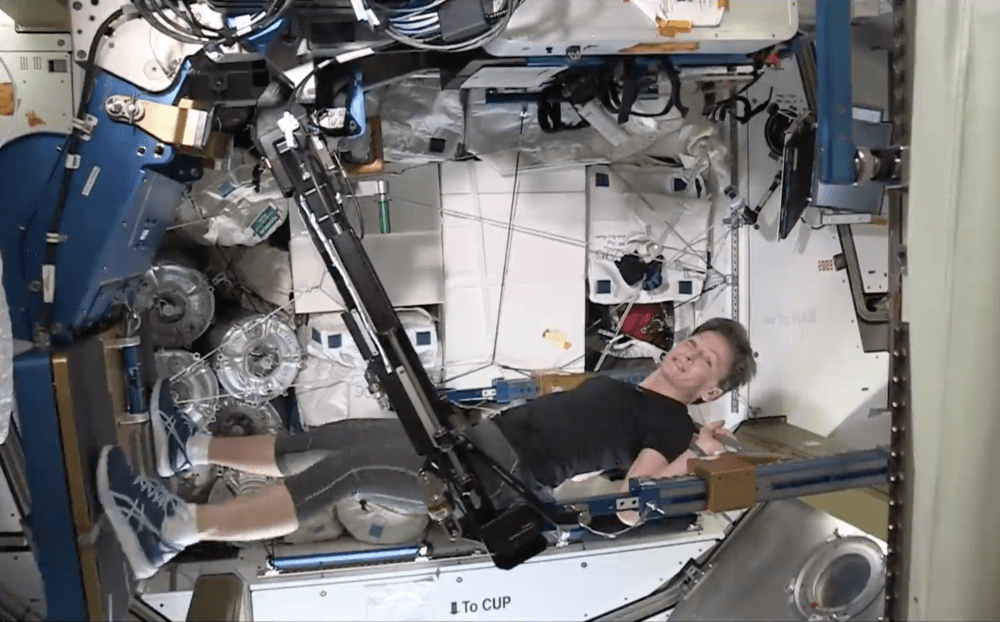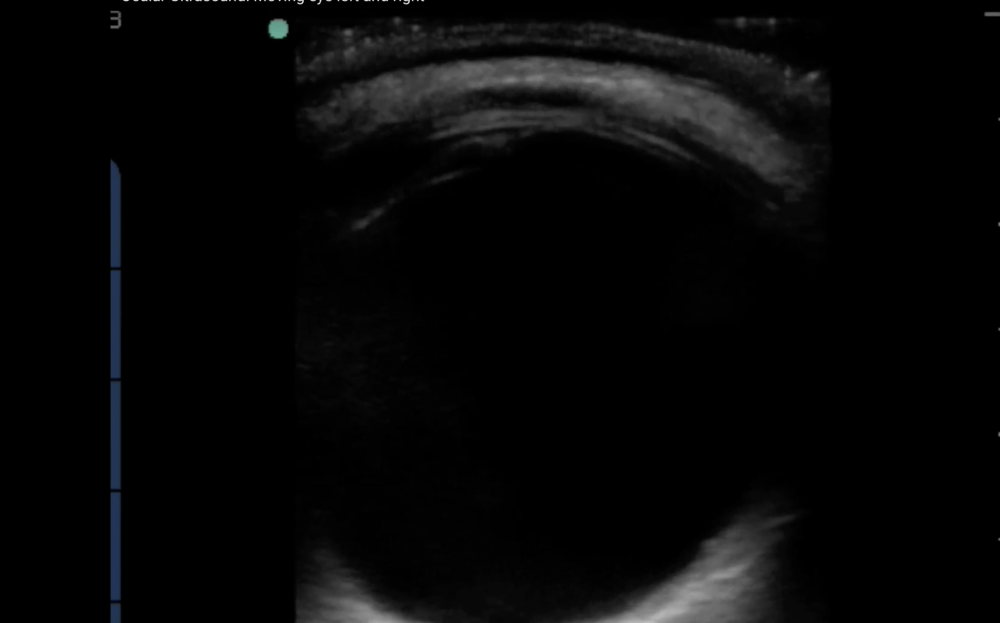Mission to Mars - Health issues and ultrasound
Mission impossible

Yuri Galkin was exhausted. His right thigh was in pain ever since his “spontaneous fracture”. No matter how much he exercised on the “Advanced Resistive Exercise Device” his health panel still signaled progressive muscle atrophy and bone demineralization. Yuri tried to reposition the ultrasound sensors strapped to his arms and legs but the information they provided were real.
At the same time Bob Albin unresponsively gazed out the window of the Centarus III space ship while mumbling rows of incoherent numbers as if he was counting stars. Ever since the dead bodies of commander Ying Yue and Flight engineer Dhurv Mehra were dislodged into space Bob suffered from severe depression and fear of also falling prey to the epidemic fungal infection, which had decimated the crew to three.
John MacCormak technical commander had a different problem: his eyesight had deteriorated rapidly. He could barley see the central display panel which read:
They should be proud to be the first humans to land on Mars. But will they be able to make it back to earth to reap their rewards?
What can be done
This scenario describes some of the health issues we could face on a prolonged space mission (Also see “Disease in Space: https://www.123sonography.com/blog/disease-and-space).- Osteoporosis and bone demineralization as a result of weightlessness
- Fungal and bacterial infections due to decreased immune response
- Mental health issues related to stress and sleep deprivation
- Problems with vision
Fit for space
Vigorous exercise during such a mission is mandatory for astronauts. They have to train 7 days a week for at least 2.5 hours per day. NASA developed a special training device called the “Advanced Resistive Exercise Device”, which has the capability to exercise all of the major muscle groups; Especially those of the lower limbs.Microbial space travel
Space ships are not a sterile environment. Swaps from the ISS space station revealed a diverse intact/viable population of bacteria and fungi. Several of them considered opportunistic. The most common bacteria found were: Staphylococcus (26% of total isolates), Pantoea (23%), Bacillus (11%) and all kinds of fungi.
Prevention of infection during space flight is not much different to what we should do in a hospital environment on earth. Face masks, cough etiquette, the use of water less hand hygiene products and germicidal wipes are just a few measures that are currently taken to prevent infection.
Treating mental illness in space
Clearly astronauts undergo extensive psychological and mental screening but extreme stress caused by the confined environment with limited social interactions, sleep deprivation, exposure to radiation and zero gravity does have an impact on mental health. For example: In 1985 severe depression of a Russian cosmonaut contributed to a abrupt ending of a Soyuz T14 mission.
Space stations are prepared for such situations. You will find all sorts of antipsychotics, antidepressants, and anxiolytic drugs on board. The space station is even equipped with a physical restraint system to tie down astronauts if necessary.
Blinded by the flight
Two thirds of astronauts reported irreversible deterioration of eyesight. It is suspected that an increase of cerebrospinal fluid (CSF) leading to increased pressure is the root of evil. So far it is unclear how to prevent these changes, as they seem to be mainly related to zero gravity.
Ultrasound to the rescue
But let us come back to the role of ultrasound in space. Aside from using ultrasound in space as a research and imaging tool as we use it on earth parallel developments in this field might open entirely new possibilities.
Especially miniaturization of transducer technology could lead to the development of wearable ultrasound patches. This is not science fiction. Researchers have already demonstrated that such patches can be used to measure blood pressure.

Why not use such patches to statically or dynamically monitor MSK function, organ and vessel elasticity, lung impedance or even left ventricular function? Space travel would be an ideal setting for such applications.
The bottom line: While none of us will ever embark on a mission to mars we will all benefit from the technology developed for such space missions - all without the risk of becoming a half blind, depressed doctor with shaky legs.
Yours,Thomas Binder and the 123sonography team
PS: Take a look at all our other “Moonshot” newsletters
Disease and Space https://www.123sonography.com/blog/disease-and-space
Ultrasound in Space: https://www.123sonography.com/blog/ultrasound-space
Ultrasound Moonshot: https://www.123sonography.com/blog/ultrasound-moon-shot
Don’t miss out on your personal mission to learn ultrasound. We have a special offer for you:
- 35% Discount
- 12 Months Access Time
- 30 day MBG


